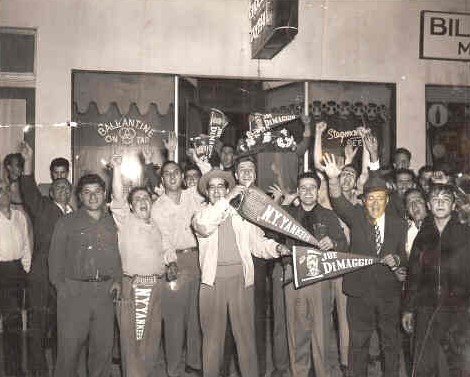
Today, while still popular, it competes with football, basketball, and hockey, as well as a multitude of other sports.
But during the years after World War II baseball was far more popular than any other sport. That era, 1947-57, is often referred to as the “Golden Era of New York Baseball” .
Another World Series Victory
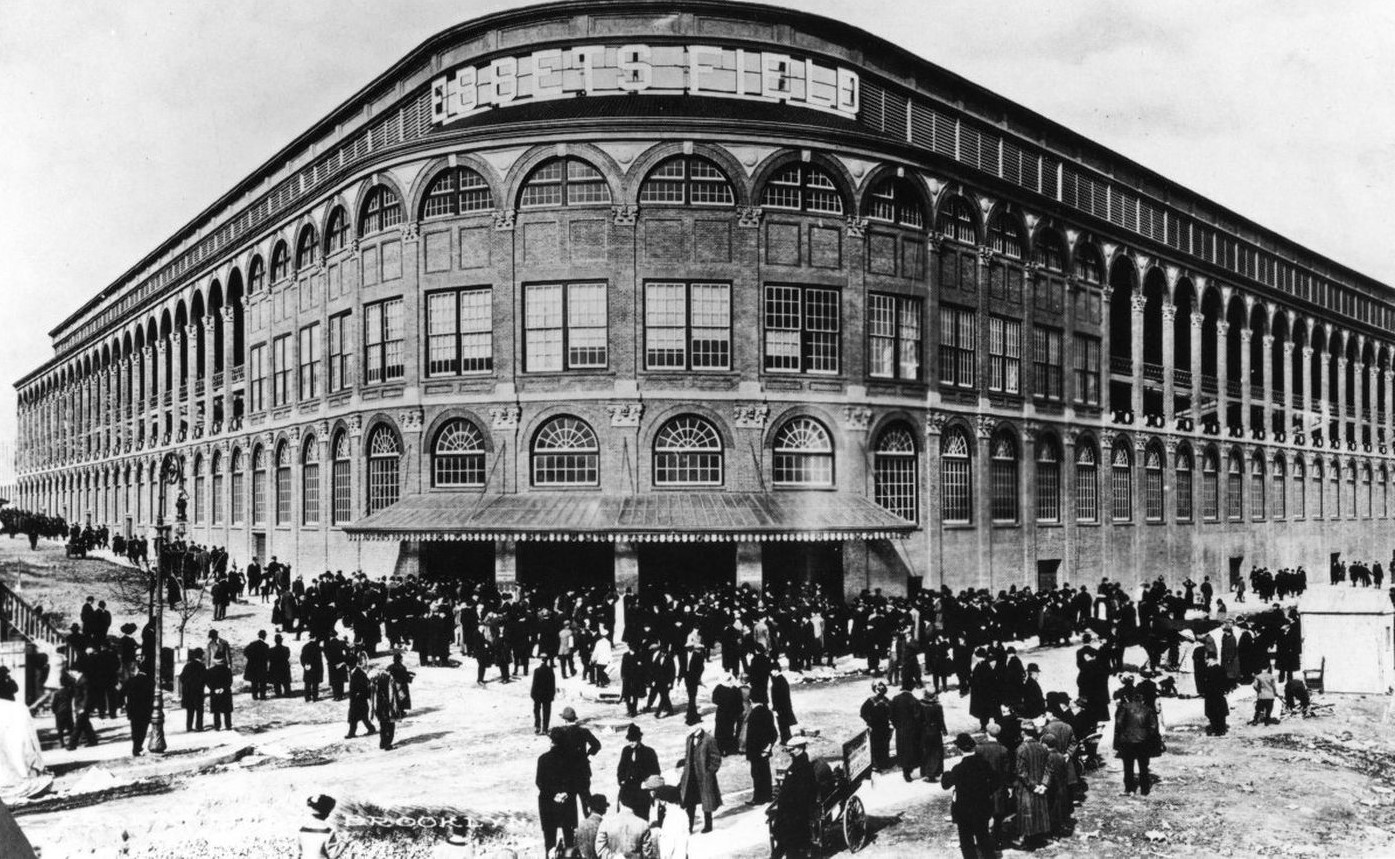
There were three New York teams back then. The New York Giants, who played at the Polo Grounds, the Brooklyn Dodgers, whose home was at Ebbets Field, and the New York Yankees who played at the original Yankee Stadium.
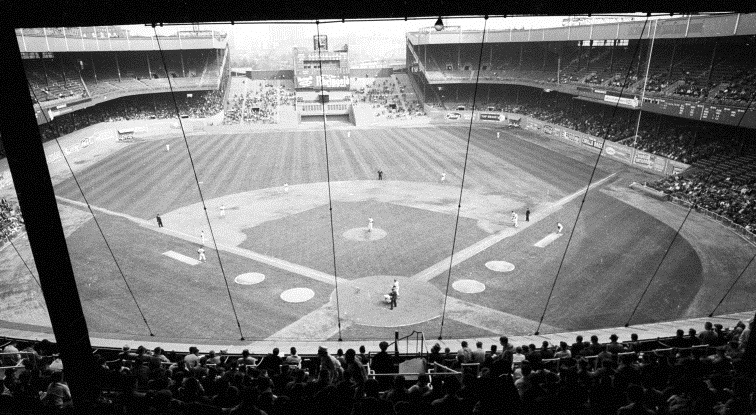
Years later the names of the players would still be fondly remembered. There was Willie Mays, Yogi Berra, Mickey Mantle, Whitey Ford, Duke Snider, Pee Wee Reese, Jackie Robinson, Gil Hodges, and Bobby Thompson – just to name a few.
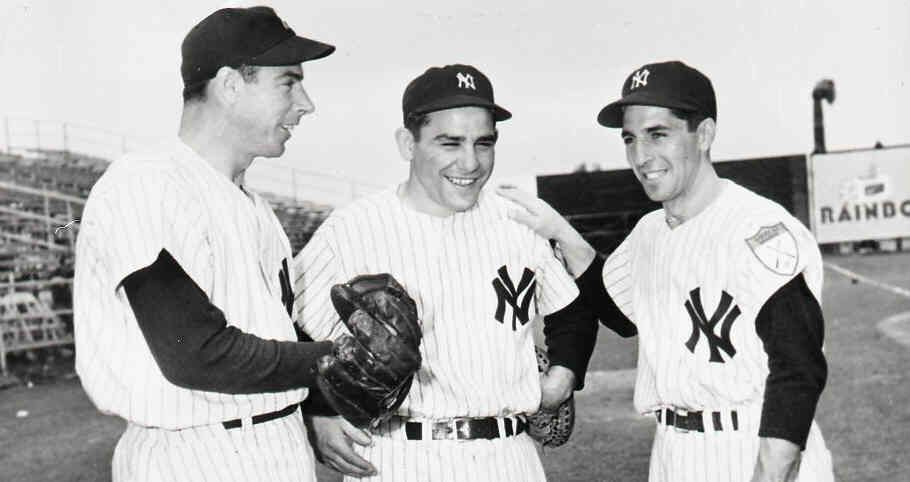
Raritan, due to their Italian population, mostly rooted for the Yankees as they had Italian ballplayers Joe DiMaggio and Phil Rizzuto.
Raritan old timers estimate that 65% of people were Yankees fans. One knew the favorite team of all their friends. At times that friendship was strained by the baseball rivalries.
and Phil Rizzuto
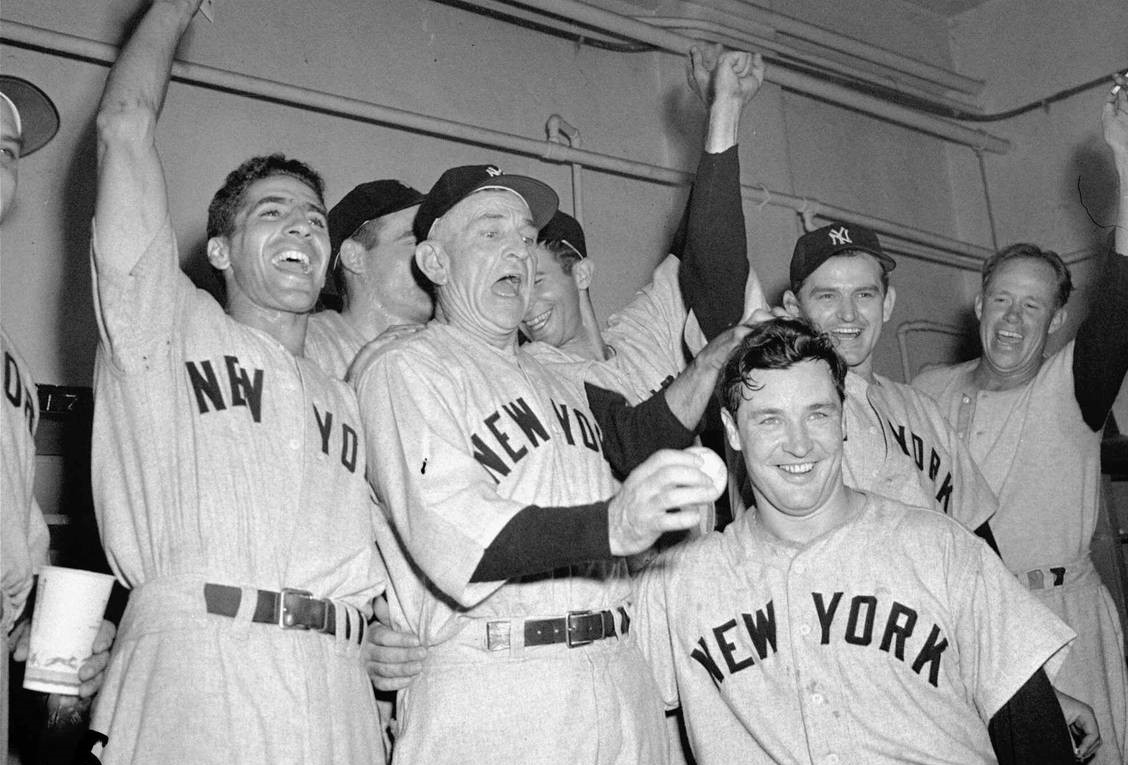
There was no free agency - players were bound to their teams for life, unless traded and that was at the whim of the owners.
There was no “designated hitter” – pitchers were supposed to help with the offense at the plate – and they did.
A good starting pitcher was expected to finish most of his games.
The games were shorter – there was just one minute between innings and batters often swung at the first couple of pitches and as opposed to today where they “work the count” forcing pitchers to increase their pitch count.
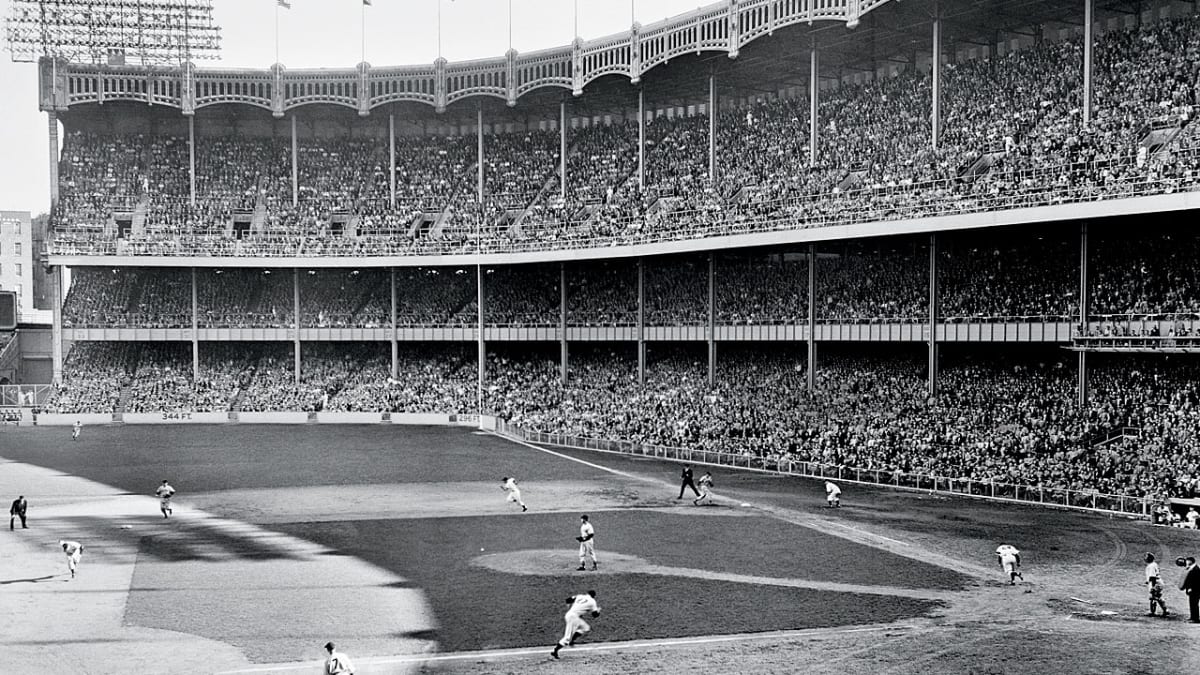
First timers at the ballpark were fascinated by the various aspects of the stadium as they fell in love with the Yankees and the ballpark. Al Capetta remembers his first trip to the Yankee Stadium at seven years old. He was captivated by the imagery of the vast green grass. The late John Pacifico remembered how special and biblical the voice over the public address system seemed.

After 50 years of stability where all sixteen teams remained in their original city, the 1950s saw five franchises relocate.
And for the first-time blacks were allowed to play major league ball. In 1947, Jackie Robinson paved the way for other black ballplayers by enduring abuse from players and fans alike. By 1955, the local teams had numerous black players. On the New York Giants there were Monti Irwin and Willie Mays. The Yankees had Elston Howard. The Brooklyn Dodgers had Roy Campanella, Don Newcombe, Junior Gilliam, and of course Jackie Robinson.
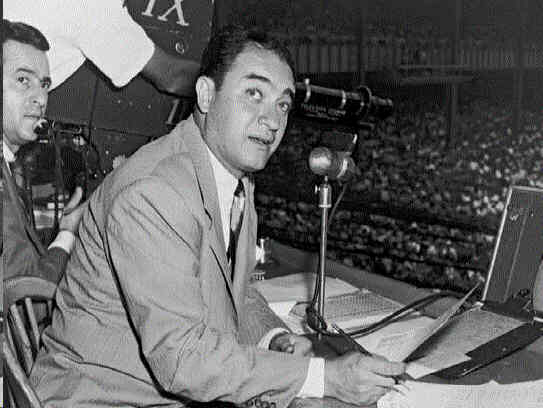
New York would be the last city to broadcast their team’s baseball games on the radio. Before 1939 the New York owners mistakenly thought if they let fans listen to the games on the radio for free, that it would hurt attendance. But other teams proved that games on the radio resulted in a spike in attendance.
So, by the start of the “Golden Era of New York Baseball”, 1947-57, all games were on the radio. And radios were everywhere in Raritan.
On the radio the Yankees had Hall-of-Fame announcer Mel Allen who listeners thought of as a friend. The Dodgers had Red Barber initially, but when he transferred over to the rival Yankees to team up with Mel Allen it was culture shock for baseball fans. Vin Scully would replace Red Barber in the early 50s as Dodgers announcer - a job that he would have for 67 years. Russ Hodges was the main announcer for the Giants.
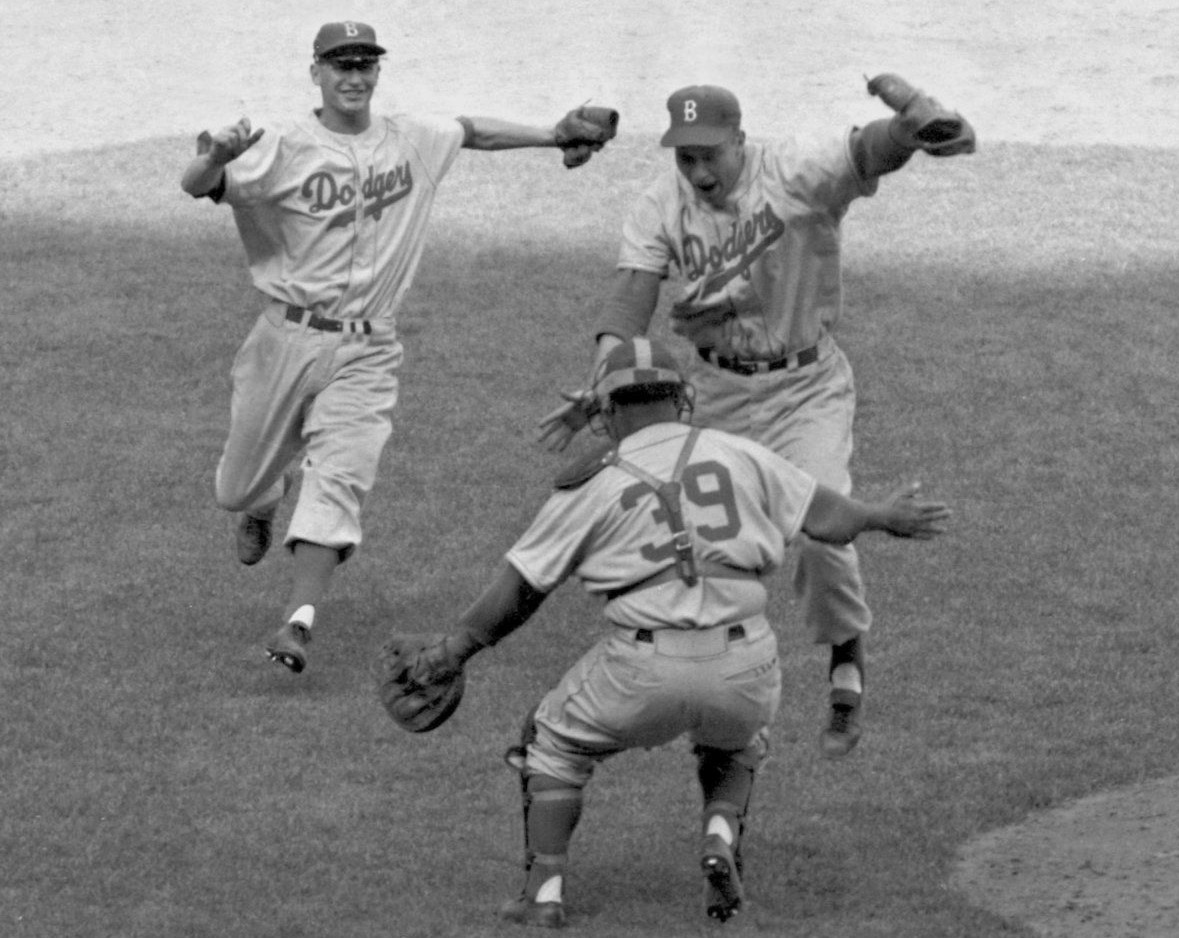
Baseball was so much a part of popular culture that when the World Series was being played Raritan teachers often would have their students work on some simple assignment while they listened to the game on the radio.
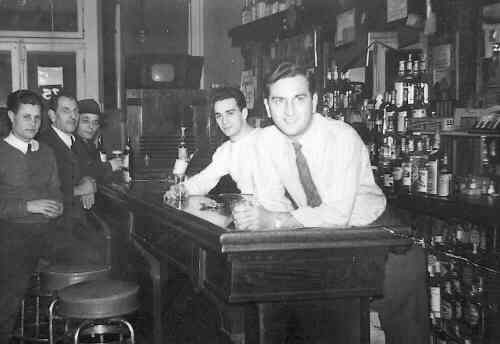
Baseball came to television in 1947. The problem was that initially few families had a television. But the local taverns in Raritan did. Taverns quickly learned that when televising a baseball game, it could increase attendance by as much as 500%. Rocky Miele’s Bar, Orlando Tavern, and Andy’s Tavern (where Espo’s is today) were packed during ball games.
The early televisions had only a 12-inch screen, so there was competition to get a good seat next to the television. At times tavern owners reserved prime seats close to the television for their best customers. As the 1950s went on more families purchased televisions and tavern viewing of baseball declined.
at Rocky Miele's Bar
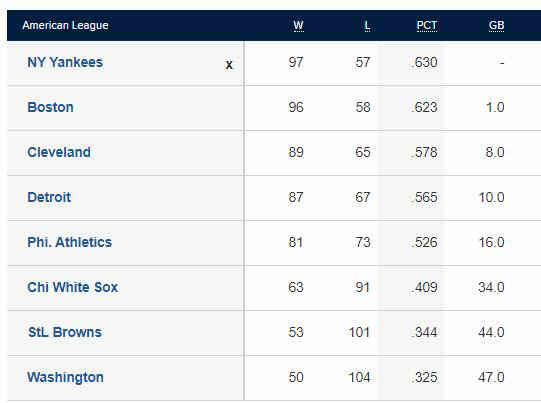
There is one story that best illustrates the passion that Raritan baseball fans had. In 1949, the Yankees won the pennant by edging out the Red Sox. The Yankees had been down by one game with two games to play. Fortunately, those two games were against the first place Red Sox. The Yankees rallied to win both games and thus finished in first place. With spirits high, to celebrate, and taunt the rival fans, hundreds of Yankees fans paraded a casket that had two red socks dangling from it down Somerset Street.
The newspaper, playing up the story, printed that the casket was under the direction of funeral director Anthony Bongiovi, and the chief mourner was Mayor Rocky Miele. The casket’s journey, with pallbearers in black gloves, started at the Park Grill. After moving “down and back” on Somerset Street the parade ended where it began. Then a dinner to celebrate the pennant was held.
That was the era. In 1958, the Dodgers and the Giants moved to California ushering in a different era.